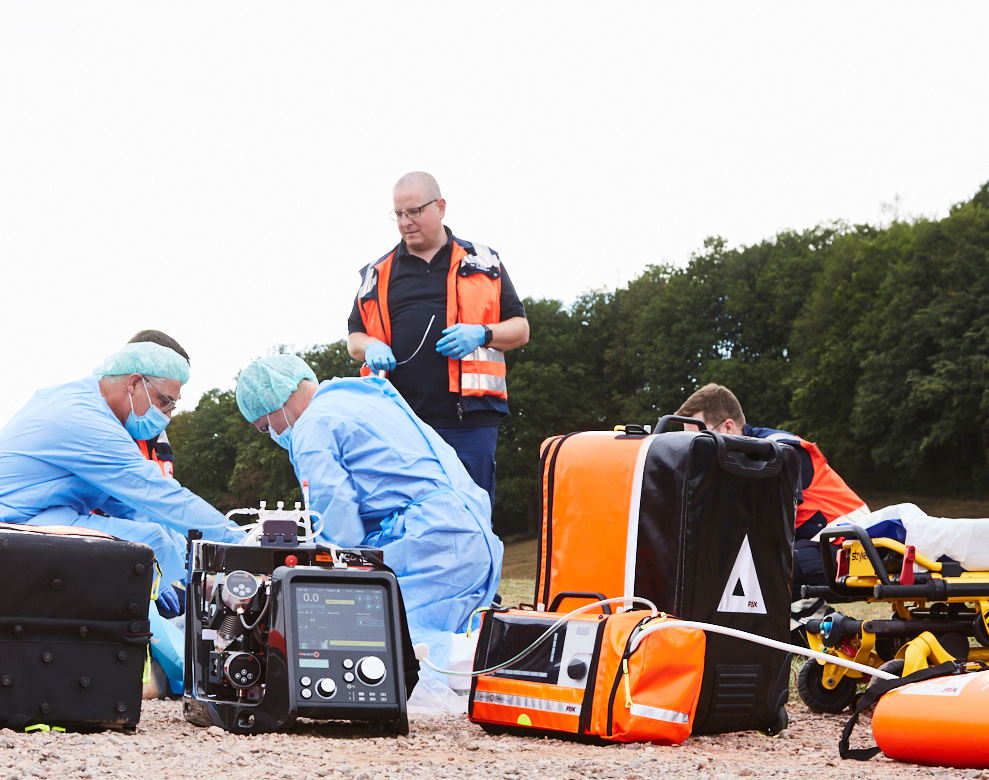
Mittvierzigerin nach Herzversagen dank personalisierter CARL-Therapie ohne eingeschränkte Hirnfunktion entlassen.
In einer Situation, in der weitere Reanimationsversuche bisher aussichtslos schienen, kann CARL immer noch helfen. Die kontrollierte Ganzkörperreperfusion kam auch einer Frau zugute, die an einem freundlichen Sommertag bei der Gartenarbeit plötzlich einen stechenden Schmerz in der Brust verspürte und zusammenbrach.
Ihr Mann reagierte schnell. Er rief den Notarzt und begann unmittelbar mit einer Herzdruckmassage. Die wurde fortgesetzt und um notärztliche Maßnahmen erweitert, bis die Mittvierzigerin schließlich ins Krankenhaus eingeliefert wurde. Insgesamt vergingen rund zwei Stunden, bis die Patientin, noch immer ohne eigenen Herzkreislauf, an das System angeschlossen wurde. Dank der personalisierten extrakorporalen Zirkulation gelang es, den Grund für das Herzversagen zu diagnostizieren und zu behandeln – und nach nur 21 Tagen konnte die Frau ohne Einschränkungen der Hirnfunktion entlassen werden.
Close